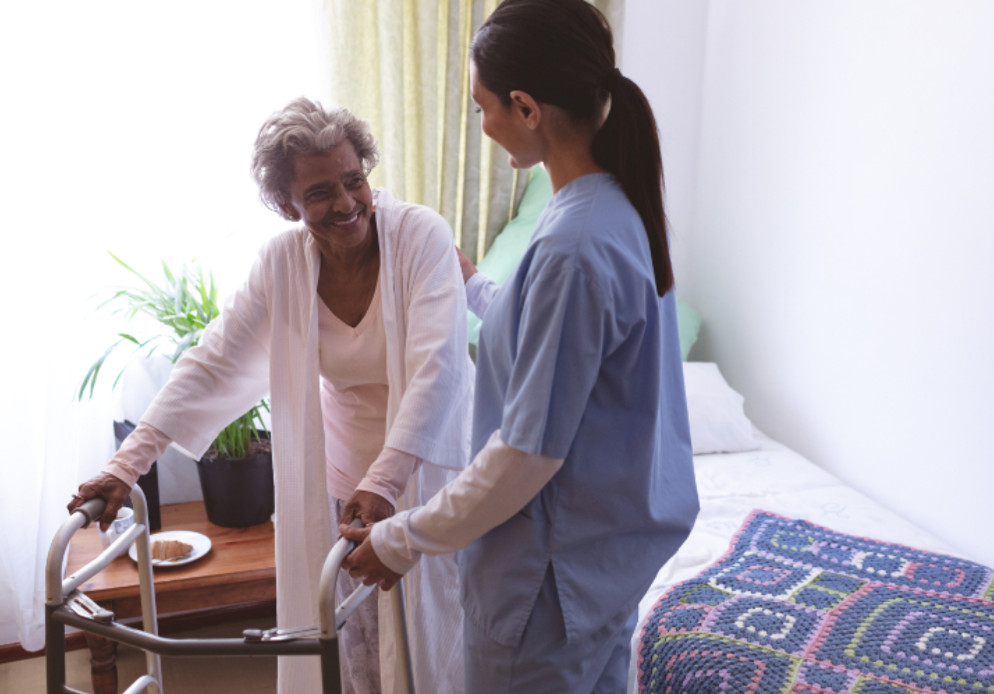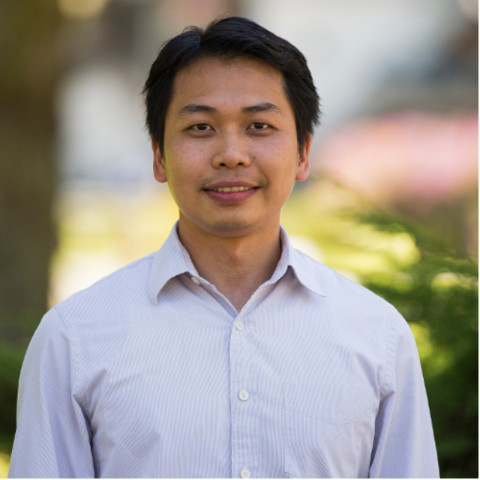November 12, 2019

By 2060, more than 24% of U.S. residents — an estimated 98 million people — will be over the age of 65, according to the U.S. Census Bureau. As the country’s population ages, how can the elderly keep track of their health without sacrificing their privacy and independence? One innovative solution to this challenge is being developed at San Francisco State University, where Assistant Professor of Civil Engineering Zhaoshuo Jiang and a team of collaborators are investigating how to monitor health in older adults by using floor vibrations to track their walking patterns. The research is funded by a $1.2 million National Institutes of Health (NIH) Research Project Grant — the first NIH grant ever received by the School of Engineering.
According to Jiang, the older people get, the more they benefit from regular health check-ups. “As we age, we’re more prone to disease,” he said. “This population does need more care.” Modern technologies such as wearable devices and camera systems open up opportunities for independently living seniors to track their health at home around the clock. These technologies also make it easier to share information with health care providers. But wearable systems (such as a smart watch or a personal fitness tracker) can be challenging for seniors to use and keep charged, while other solutions like camera systems face resistance from users because they feel like an invasion of privacy.

Jiang’s team, though, will use repurposed seismic sensors to monitor how the floor vibrates when people walk around. Previous research has shown that a person’s health is very closely tied to characteristics of their walk — the length and width of their steps, for instance, or the variability of their step patterns and the speed at which they move. In fact, these walking traits might predict health outcomes just as accurately as more familiar indicators like blood pressure, body mass index and hospitalization history. If you can match floor vibrations with the walking patterns that cause them, Jiang said, you have a powerful tool for recognizing potential changes in health.
Another advantage of these sensors is that they also have the potential to be much more affordable and much easier to install than other systems. “If you have a room you need to retrofit, you just put a sensor there and you’re ready to go,” Jiang said.
Seismic sensors are familiar tools of the trade for Jiang, who specializes in structural and earthquake engineering. But figuring out how to apply that expertise to human health monitoring instead of the structural “health” of buildings is a task that requires more than just engineering know-how. Jiang and his colleague Juan Caicedo at the University of South Carolina will collaborate with a varied group of experts, including a professor of exercise science and a doctor who specializes in geriatric medicine. The team will also include students: Two undergraduates in Jiang’s lab have already participated in the project, and he plans to use the funding to involve more graduate and undergraduate students as well as a postdoctoral researcher.
The team’s ultimate goal is to develop this research into an inexpensive, around-the-clock, at-home health monitoring system for older adults that can alert them when changes in their gait might indicate an emerging health problem. “That’s why we’re so excited about this,” Jiang said. “We’re applying our knowledge to an area we haven’t touched before that could have a big impact on a lot of people.”